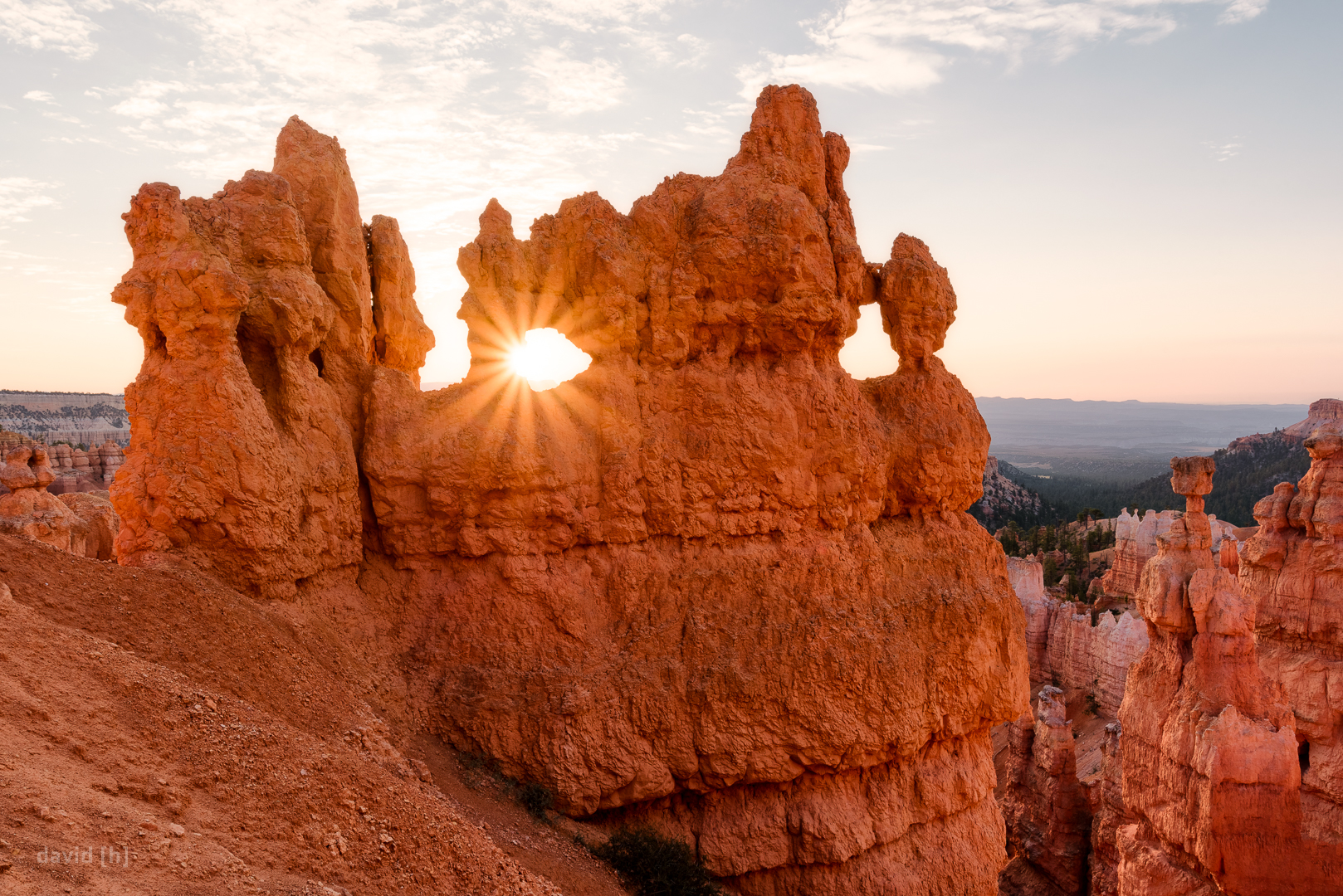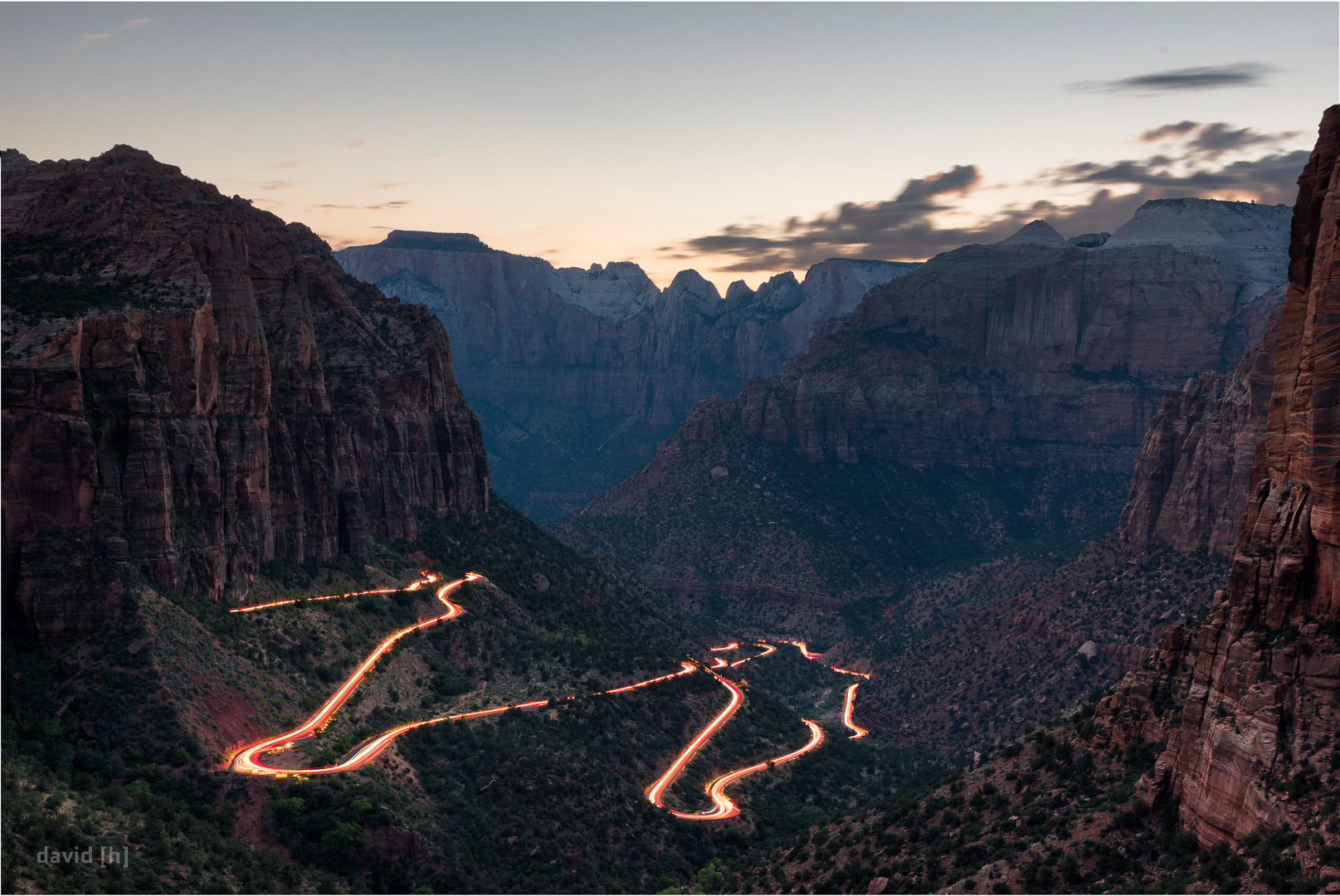Iceland – the land of fire and ice – and the place where my three-month long photo trip will find its conclusion. It felt right, coming back to where my fascination with nature photography started back in spring of 2014. This time around, however, I feel like I know what I am doing and my friend Sandro and I had come up with quite the schedule, making the most of our 14 days here.
Picking up the car and stocking up on groceries on a rainy day in Reykjavik got us started towards Vik, where we would be camping for three nights. Despite the rainy weather and the cool temperatures, there were quite a lot of tourists around and a fair number of tents set up already – though it wasn’t overcrowded.
Over the three days in Vik, we visited a plethora of well-known spots, tried to photograph most of those, while also exploring lesser known spots and getting some images of those too. We were even lucky enough to witness the northern lights two nights in a row! Most people already know a lot from the south coast by looking at the sheer number of images that are taken at those iconic spots, such as Skogafoss, Seljalandsfoss, the Vik Sea Stacks and the Diamond Beach near Jökulsarlon. Due to the sheer number of photographs already in existence of those subjects, I focused on getting the more intimate landscape in front of my lenses. I feel like they tell a much better story of this beautiful country, all the various landscapes it presents and the diverse conditions you encounter them in. Without wanting to ramble on any further, here are some of my favourites from the south of Iceland:
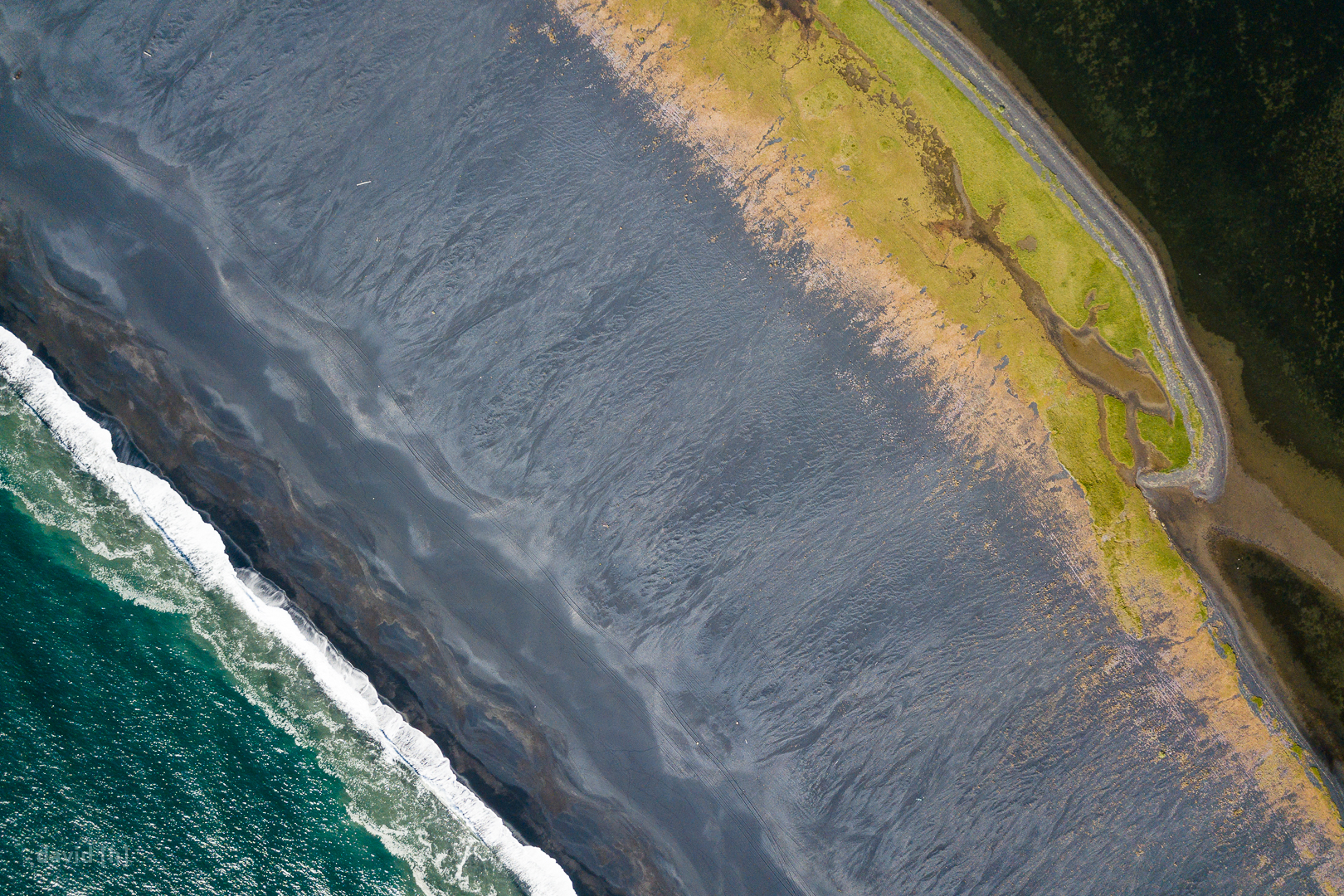
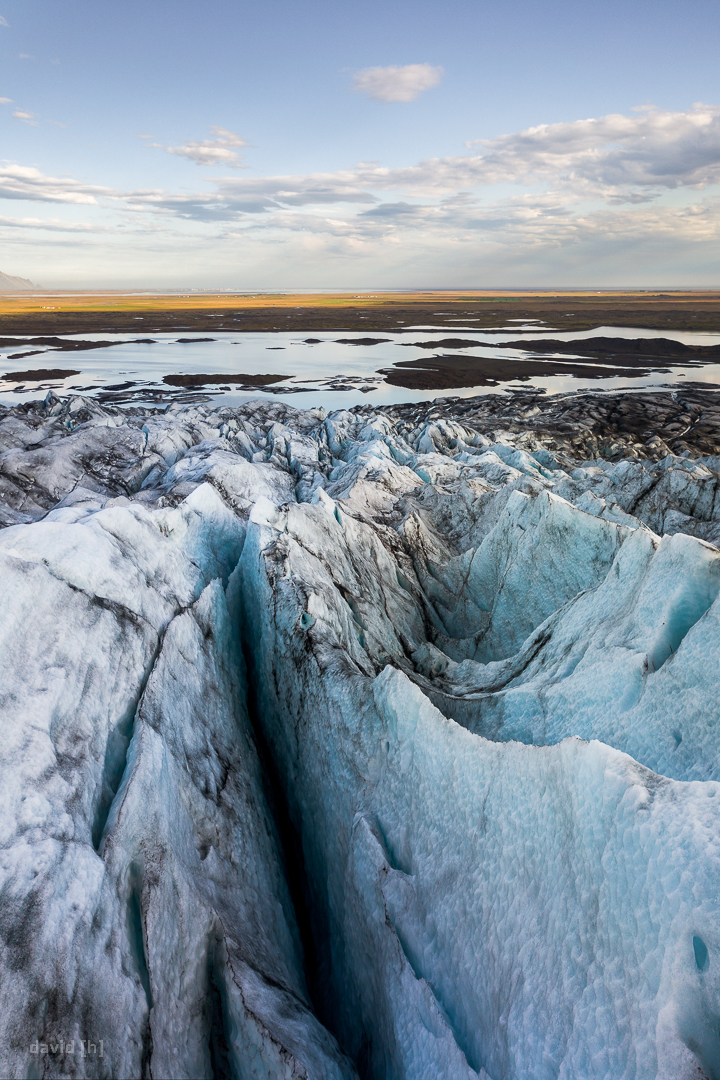
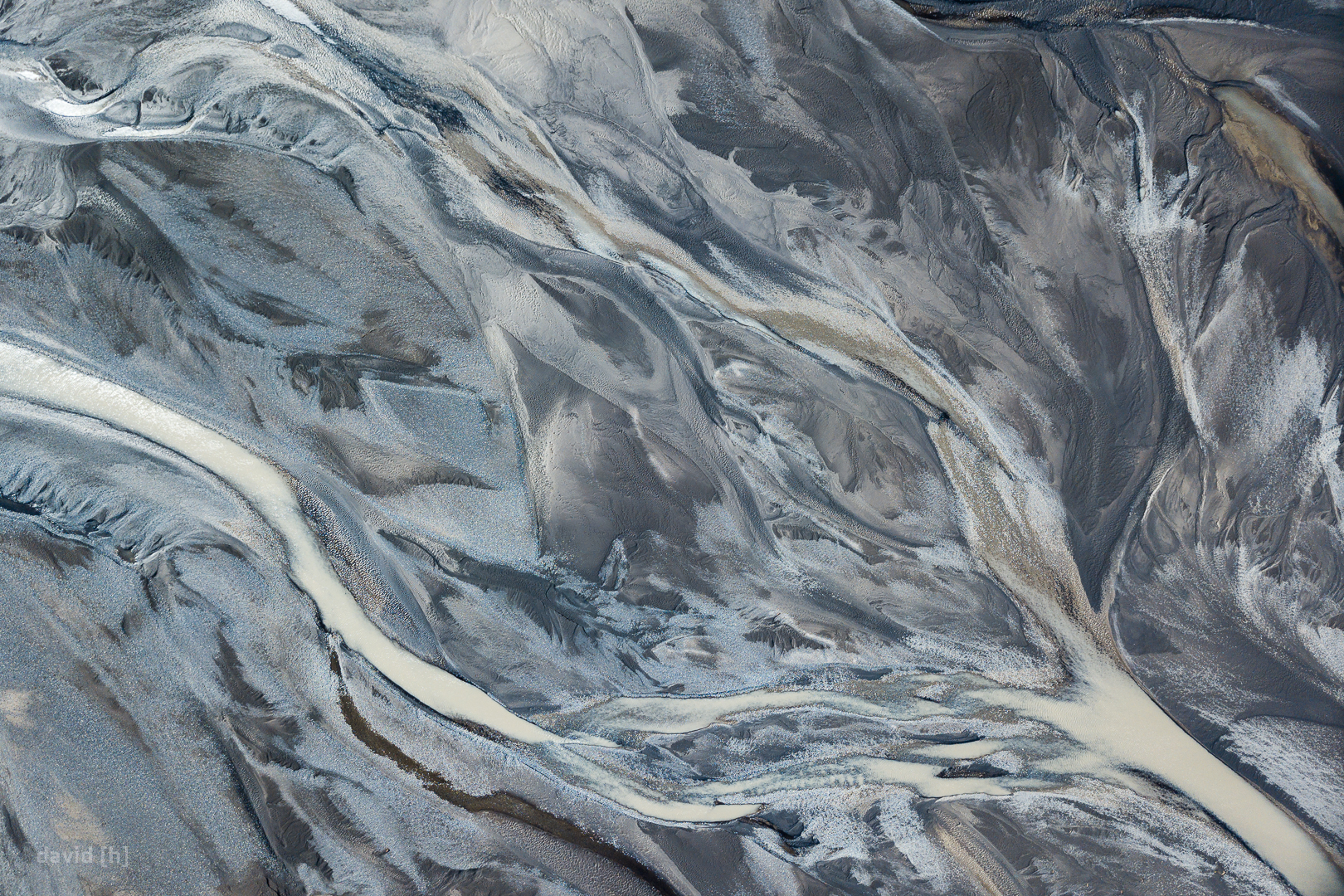
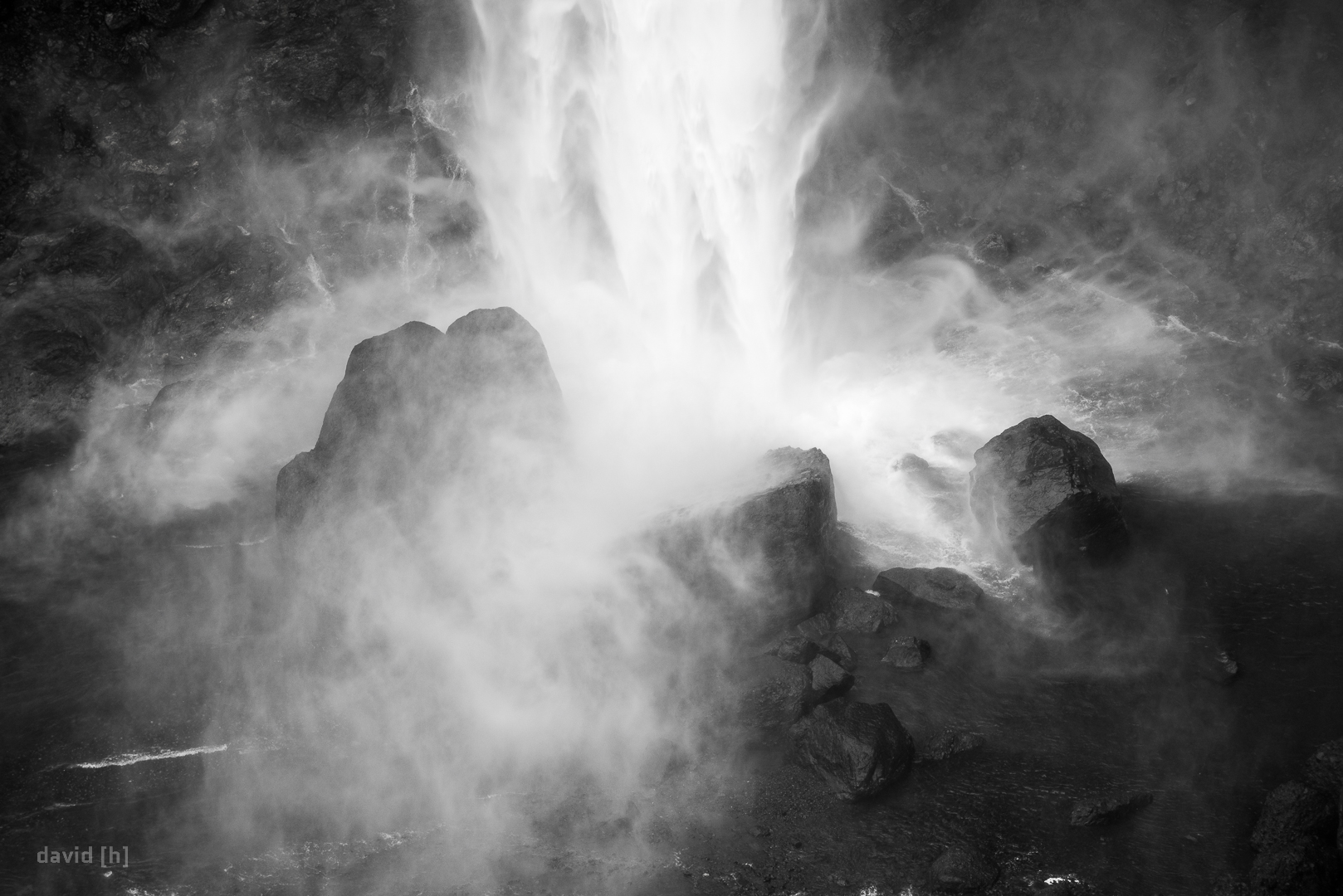
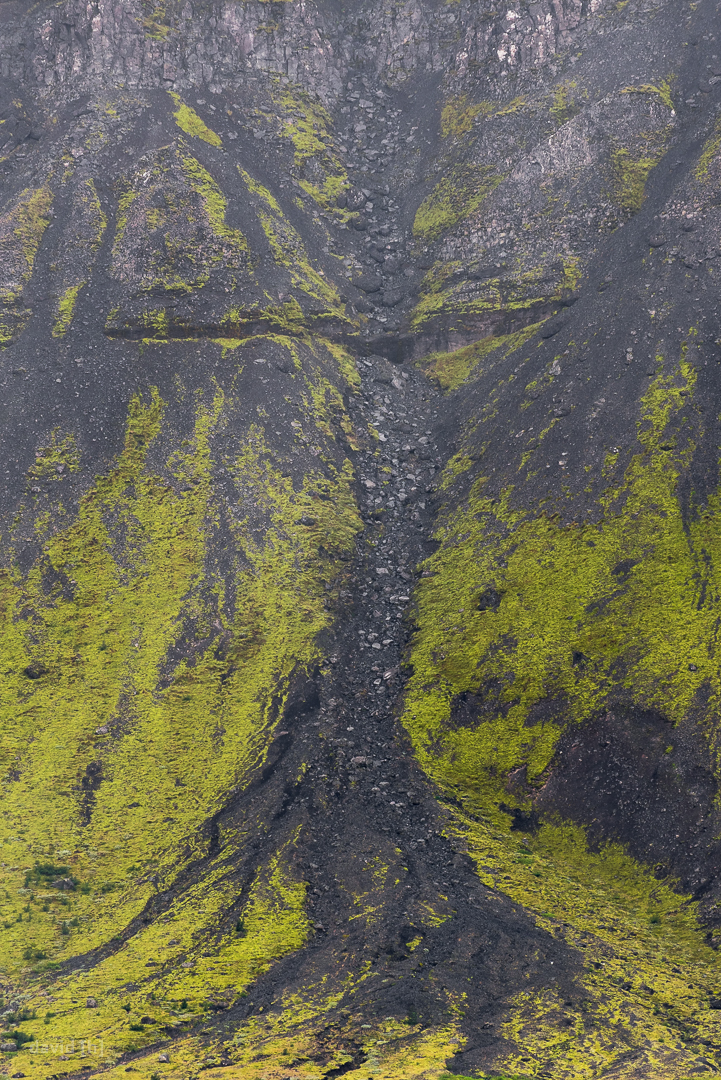
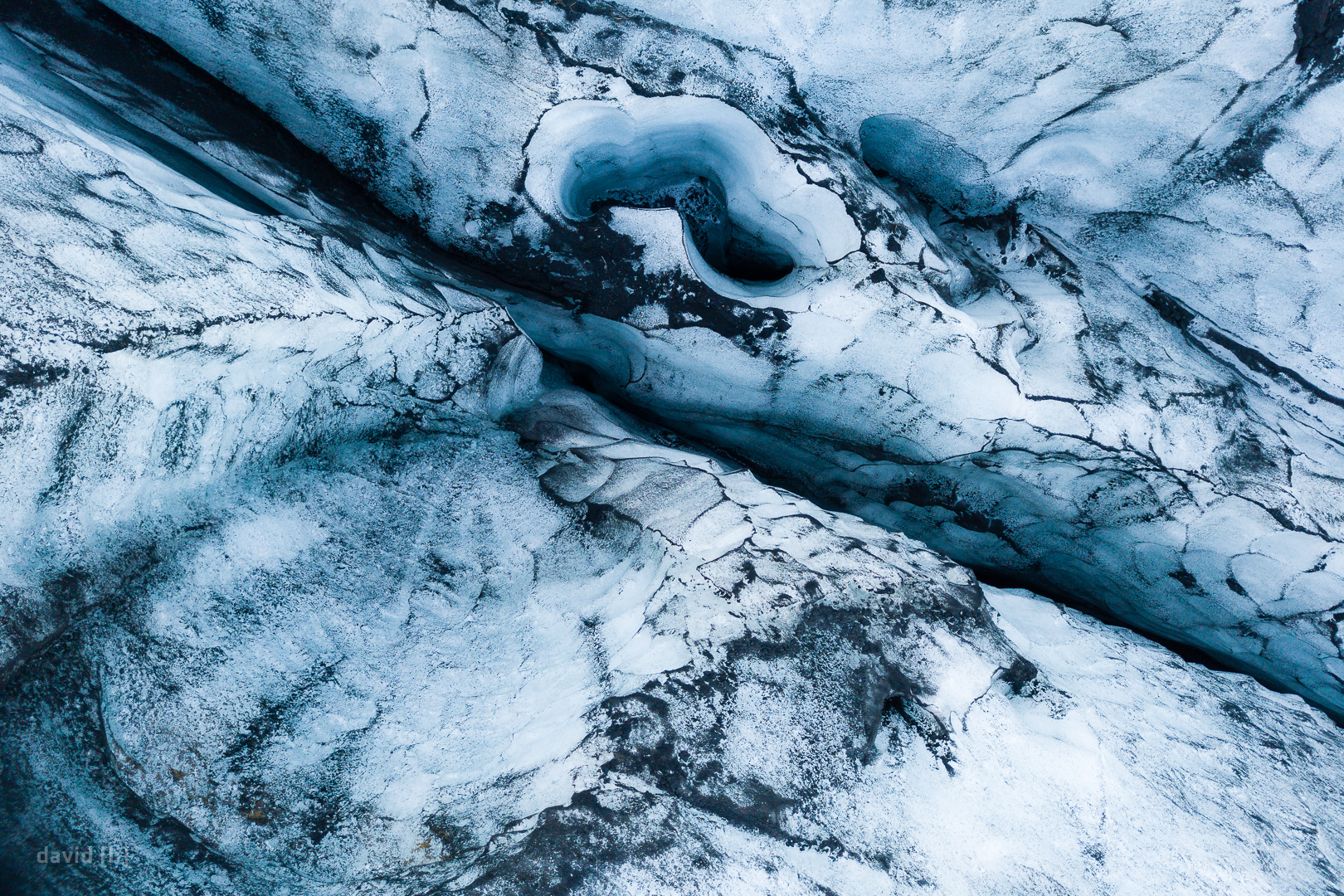
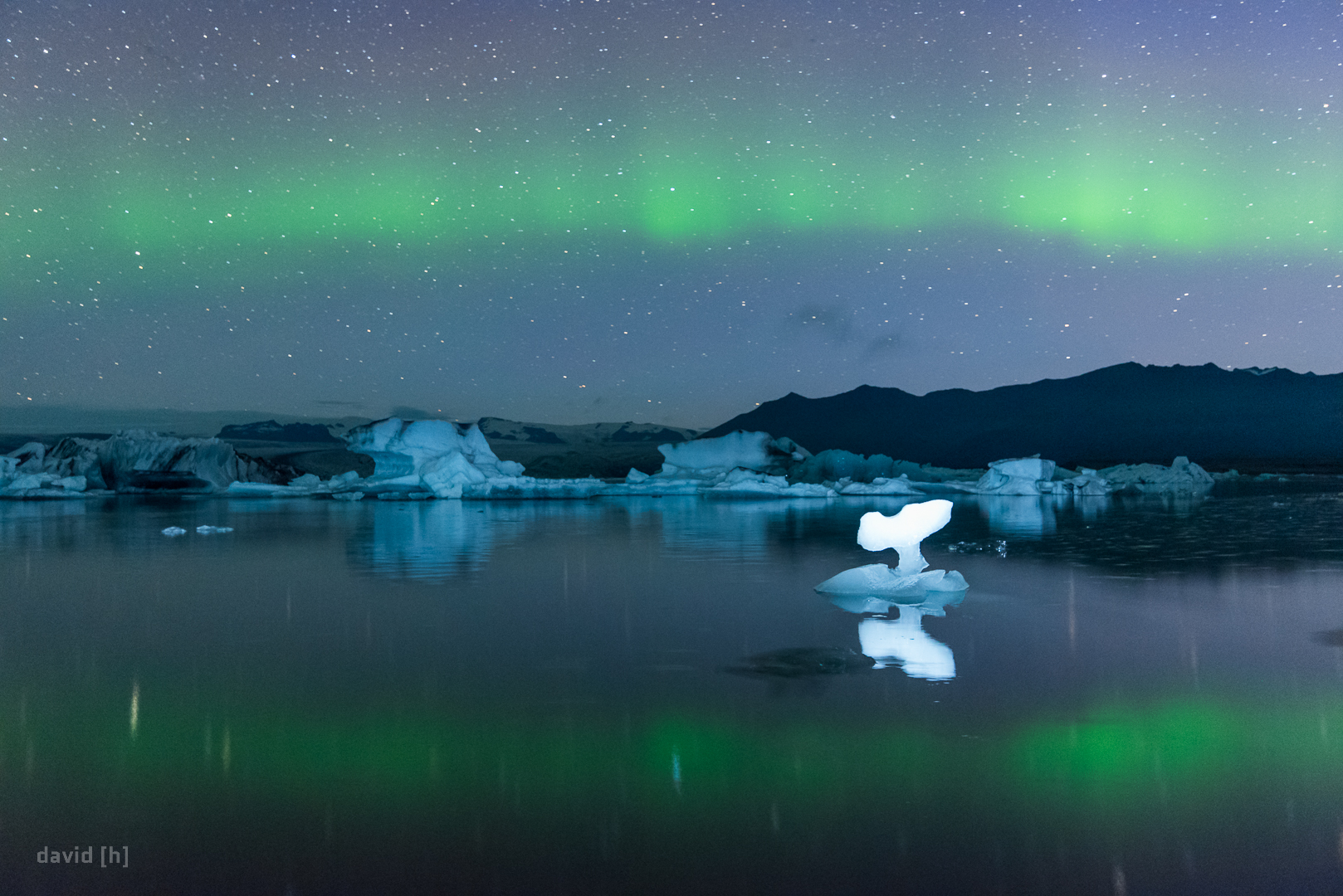



If you know the south of Iceland, you’ll notice that some of those shots are only possible from the air – leading to one of my areas of focus on this trip: drone photography. Since getting a camera drone, I’ve waited for the perfect opportunity to put it to work – and this is it right here. It opens a whole new world of perspectives and possibilities to me as a photographer. I can reach previously unreachable spots – like the top of a remote glacier – or get a different view on an otherwise overlooked area. Apart from allowing me to get some amazing images, it is, quite frankly, a ton of fun to fly the little drone as well. For anyone out there owning a drone, just having gotten one or thinking about shelling out some cash for one – keep this in mind: there are rules. Those rules are here for a reason: protecting people, animals and landscapes from reckless flying, crashes and serious injuries. We have seen too many drones flown over top of crowds of tourists, encountered too many people flying their drone right next to a big old “NO DRONES” sign. Please, please obey the rules, know your equipment, realise when it is safe to fly and when not, and most of all, be respectful and aware of everything around you and your drone before and as you fly. If people continue to ignore safety rules and regulations as they are now, it won’t be long until this marvellous tool will be banned completely.
The south of Iceland saw us getting exhausted by so many beautiful spots, staying up two nights to witness the northern lights and driving quite a bit. For now we’re off to the north, where we’ll be taking it a little easier, probably visiting some hot pots and go for some whale watching!
Until then,
David

















